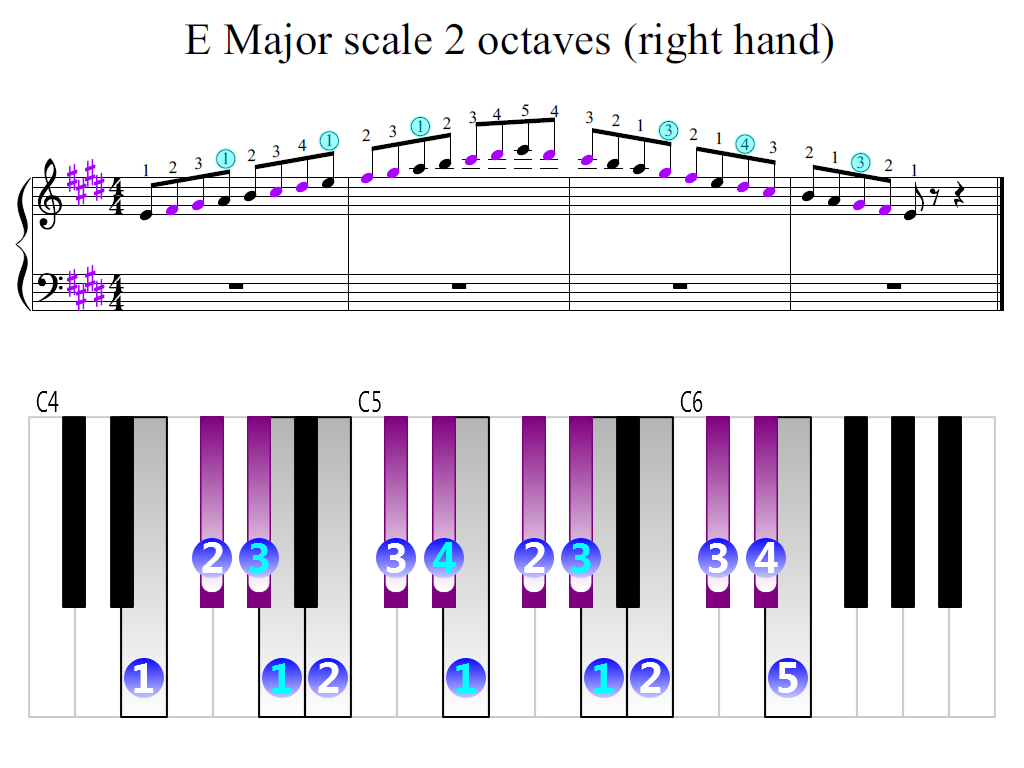

Notice that because of the possible alterations of the 6th and 7th degrees, we also get several possibilities in creating chords. First the scales and then with the triads built on them. Just for another example, here they are in G. On its way back down, it reverts back to the normal state (like the natural minor).

So in the melodic minor we get the 6th and 7th degrees sharpened on the way up, but back to their normal state on the way down: Melodic minor scale on A: 6th and 7th are sharpened on the way up and natural on the way down.Īnd that’s why we get 3 minor scales. And this is why the ascending form of the melodic minor scale is necessary.Īll this becomes irrelevant in the descending form of the melodic minor scale because in this case we’re not moving towards the tonic but away from it. This produces a smoother melody leading up to that tonic in bar 4. The 6th and 7th degrees of the scale are sharpened for a smoother melody.


 0 kommentar(er)
0 kommentar(er)
